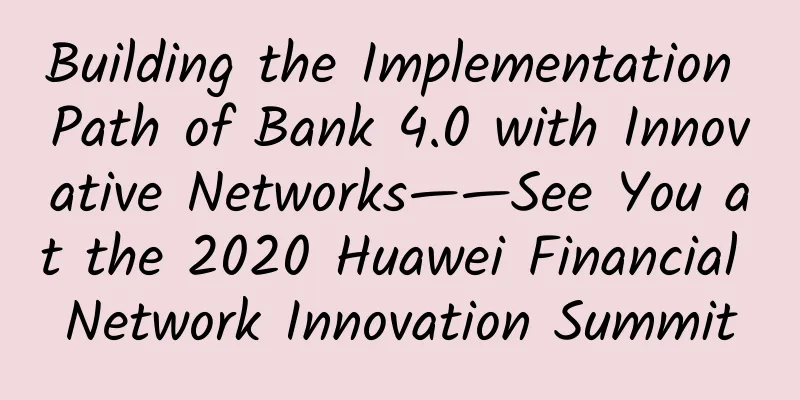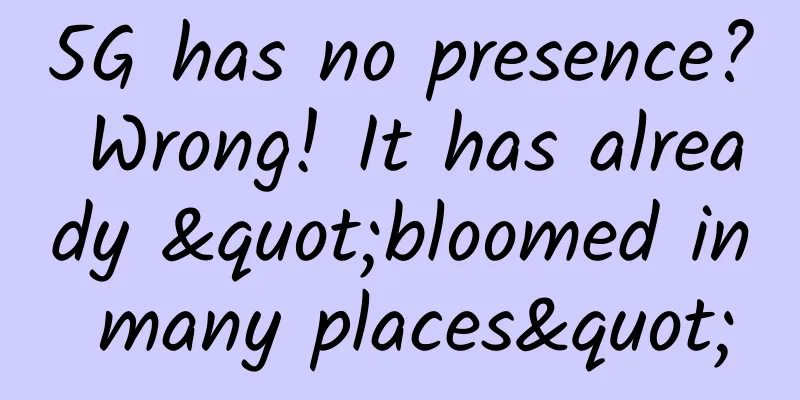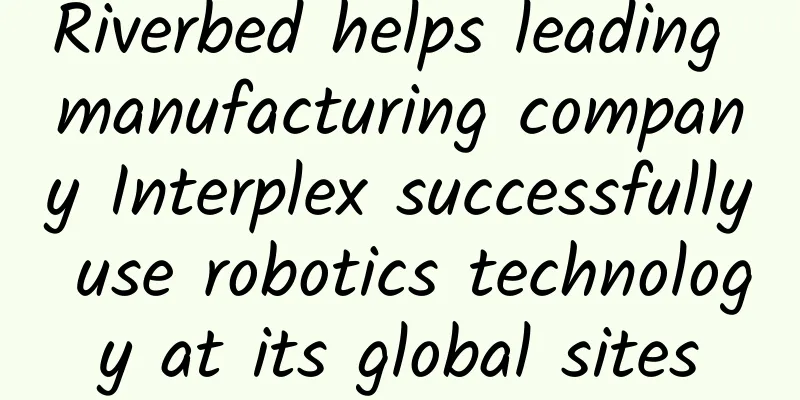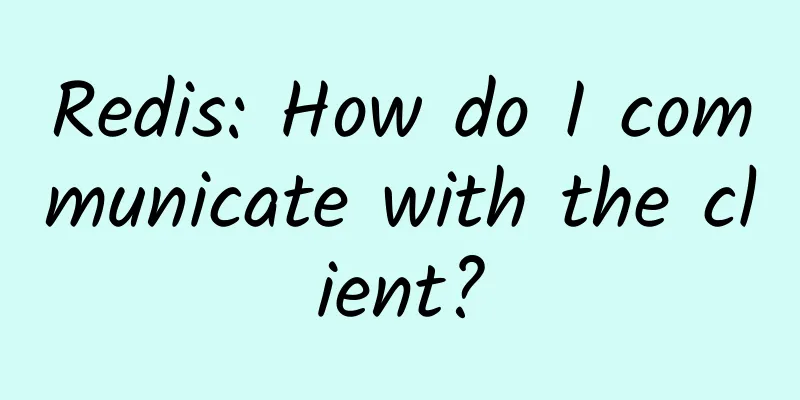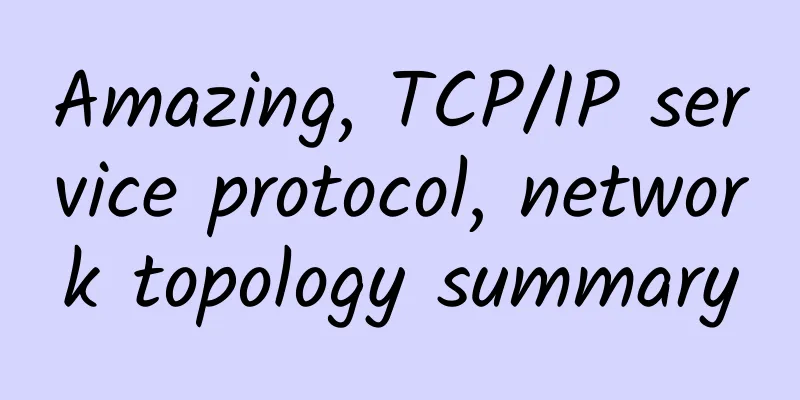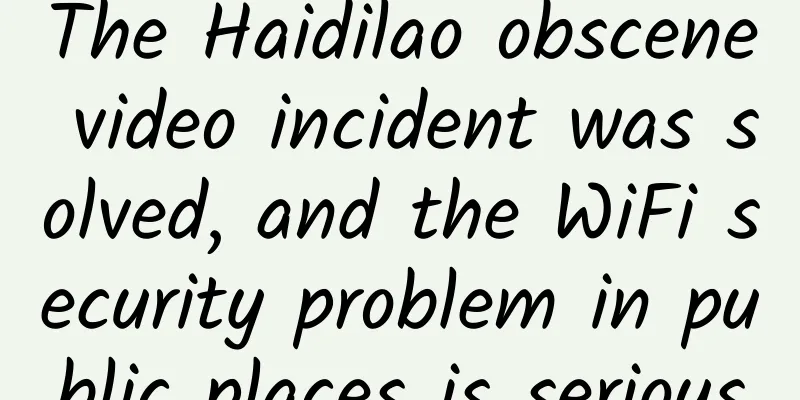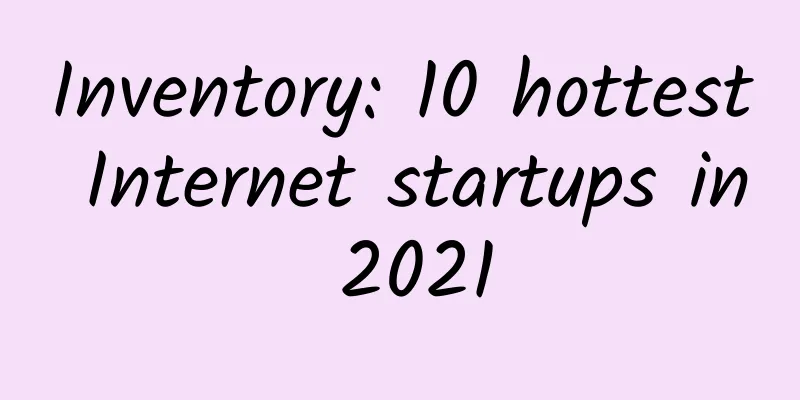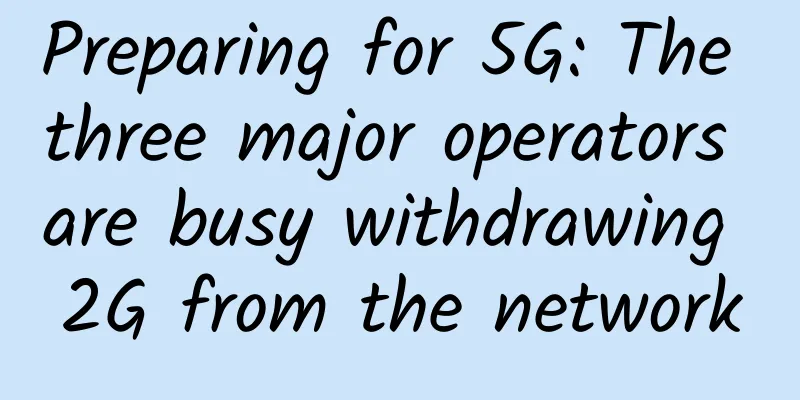From "Chuan" to "Wang": With the change of one word, how does H3C reconstruct the smart system of urban governance?

|
In the past, one had to run back and forth between multiple departments to apply for a certificate, but now a single website or app can provide all kinds of government services in one stop; in the past, the complicated urban governance made people anxious, but now the coordinated management of "one screen to view the entire region, one network to manage the entire city" has been achieved. The role and value created by smart cities and digital governments in the past few years are obvious to all. In June this year, the State Council issued the "Guiding Opinions of the State Council on Strengthening the Construction of Digital Government", which put forward the requirement to basically form the digital government system framework including government digital performance capabilities, security guarantees, institutional rules, data resources, and platform support by 2025. The digital transformation of the government has new challenges, missions, and tasks in the new era. In serving the development of digital government and digital economy, New H3C Group, a subsidiary of Tsinghua Unigroup, has accumulated rich experience and numerous cases. From cities to governments, digitalization drives model change In the development and transformation of a city, the city's fine governance, public services and industrial development together constitute the construction system of a smart city, among which the construction of a digital government is often the key area of "breaking the deadlock first". In the view of H3C Group, it has become an increasingly significant trend to use the government's own digital construction to drive the digitalization of the entire city, and then extend the dividends and value of digitalization to various fields of industry and people's livelihood. Every "one more step" of the government's digital transformation may drive the entire smart city development to achieve tremendous changes. Therefore, how to further strengthen the construction of digital government has become the top priority of local governments, and digitalization will inevitably become an indispensable part of building a government performance capability system. From the construction of the "two networks, four libraries and twelve golds" of e-government 20 years ago to the integration and sharing of government information systems, digital government has accumulated a lot in the past years. With the development of society, new requirements have been put forward for the government's ability to perform its duties. The government needs to deal with various complex governance problems in a more agile and efficient way. The "strengthening" of digital government construction proposed in the "Guiding Opinions of the State Council on Strengthening the Construction of Digital Government" represents the past "let a hundred flowers bloom" digital government construction. After reaching a stage, it needs high-level coordination, top-level design, and collaborative steps, and has certain constraints and norms on the construction content. "One network for unified management" empowers data sharing and co-governance Nowadays, from the construction of smart cities to the implementation of digital government, the construction of a "one-network management" platform has become a consensus. In the past, the government governance system was often a "Chuan"-shaped structure, with various departments and sections "fighting on their own" to promote digital transformation in vertical fields, and completing their own information and digital construction in the vertical dimension. But today, facing the problems of process fragmentation and poor business in the traditional architecture, the architecture of the digital government is completing the transformation from the "Chuan" character to the "Wang" character, sorting out and connecting business processes, and collecting and analyzing data through digital means. Among them, the three horizontal lines of "Wang" symbolize the three-level integration of cities, counties and towns, and the vertical line represents the unified upload and download of instructions, events, and tasks in the vertical field, reconstructing the platform for digital transformation of cities and governments in the criss-crossing. In the view of H3C Group, data sharing is the first step to achieve horizontal integration, and the reconstruction and integration of business are the key to the current construction of digital government. One of the fundamental reasons why the value of data in smart cities in the past was difficult to implement was that there was no real integration with the business. Last year, Shanghai's "One Network for All Management" platform achieved overall connectivity between the city and district levels, which was the beginning of the government's digital transformation. At the same time, Zhejiang has also achieved multi-scenario applications and promoted high-quality development through the promotion and implementation of "digital reform". The innovations and explorations of these provinces and cities fully confirm the role of the "king"-shaped architecture. All tasks can be uploaded and issued through the unified task/event center in the "one network for all management", which improves the efficiency of the operation of the entire governance system. Data symbiosis: Unleashing value with the “city digital brain” Today, with the establishment of the "one network management" carrier system, the "city digital brain" has the full life cycle capabilities from perception, collection, governance, analysis and application of data, providing a platform for pilot and innovation of smart applications in many scenarios. Taking "digital anti-epidemic" as an example, if the statistics of data are scattered in different departments such as disease control, medical care, and education, and the data cannot be connected and shared, then there will often be statistical "misalignment". However, if statistics can be performed on a unified platform and system, then the practical problems encountered in the data application process can be solved, and the value of data can be released to the greatest extent. On top of this, the innovation of "digital twins" is becoming an important dimension in the smart city system. Smart cities can perceive and collect various types of data such as 12345 and IoT hubs on a unified platform of "one network management", and cross-verify the data on the basis of a unified platform. It can not only provide city managers with two-dimensional tables, but also map various types of data to the city's twin system from a three-dimensional perspective, so that city decision makers, managers, every enterprise, and every resident can better examine and understand the city. In the future, digital government will be able to absorb more data from the Internet, public services and other fields in long-term operations, further refine the dimensions of urban digital twins, and play a greater role in scenarios such as vehicle-road collaboration, land planning, and emergency disaster prevention. Whether it is explicit changes such as "running to the government office once at most" or "invisible" changes such as urban greening, digital innovation is playing a greater role in urban transformation. As a leader in digital solutions, H3C Group will, under the guidance of the "Cloud Native" strategy, rely on the "Digital Brain", give full play to the comprehensive digital capabilities of the Unigroup Cloud and Intelligent Business Group, and accompany the digitalization of cities and governments. From foundation construction to platform construction, it will fully empower the continuous improvement of the digitalization and intelligence level of government performance, so that more people can enjoy the dividends of digital innovation. |
<<: LTE vs. 5G: What’s the difference?
>>: 5G deployment makes IoT a convenient part of life
Recommend
Jiaxing Cloud Road: Tongxiang Smart Education and the 6 Major Projects Behind It
When the thousand-year-old ancient town Wuzhen wa...
HTTP connection management diagram
[[414965]] Hey guys, this is programmer cxuan, we...
In the new era, how can operators seize the opportunity of industrial Internet?
2020 is the year when 5G enters large-scale appli...
ENOs and Private LTE: Intelligent Connectivity for Smart Factories
Manufacturing processes and operations are underg...
Migu Video’s Wang Bin: The growth of the pan-entertainment industry in the 5G era
[51CTO.com original article] From July 11 to 13, ...
How to implement the national wireless standard through testing? NETSCOUT explained the implementation case in detail at the "Wireless LAN Test Specification" publicity meeting
[51CTO.com original article] On November 22, the ...
5G without "it" is like building a house without land
As a city's population continues to grow, it ...
5G is not yet mature, so why are manufacturers rushing to release 5G mobile phones?
[[265215]] Since March, "5G" has gone f...
5G news is coming, and the national trial commercial use will start in mid-to-late October!
[[426617]] After much anticipation, the long-awai...
Why is your router's ability to penetrate walls poor?
1. Is it my fault that the signal is weak? Whethe...
The 2020 Third Dual-State IT Beijing User Conference concluded successfully!
On January 11, 2020, the 2020 Third Dual-State IT...
Seven steps to easy network segmentation
Network segmentation is a network security tool t...
RAKsmart July Promotion: Servers limited flash sale from $30/month, VPS hosting from $1.99/month, San Jose/Los Angeles/Korea/Japan/Hong Kong data centers
RAKsmart has released a promotional plan for July...
China Telecom will commercialize 5G independent networking in more than 300 cities
On November 7, Li Zhengmao, general manager of Ch...
Intelligent evolution and win-win ecological future, Huawei China Ecosystem Partner Conference 2019 grandly opened
On March 21, Huawei China Ecosystem Partner Confe...

